First Gear
What are gears?

Gears transmit motion. They’re linked together by their teeth. One gear wheel drives another, which in turn may be used to drive another.
What happens to the turning direction when two gears are in a train?
Build this *Gear Model*.
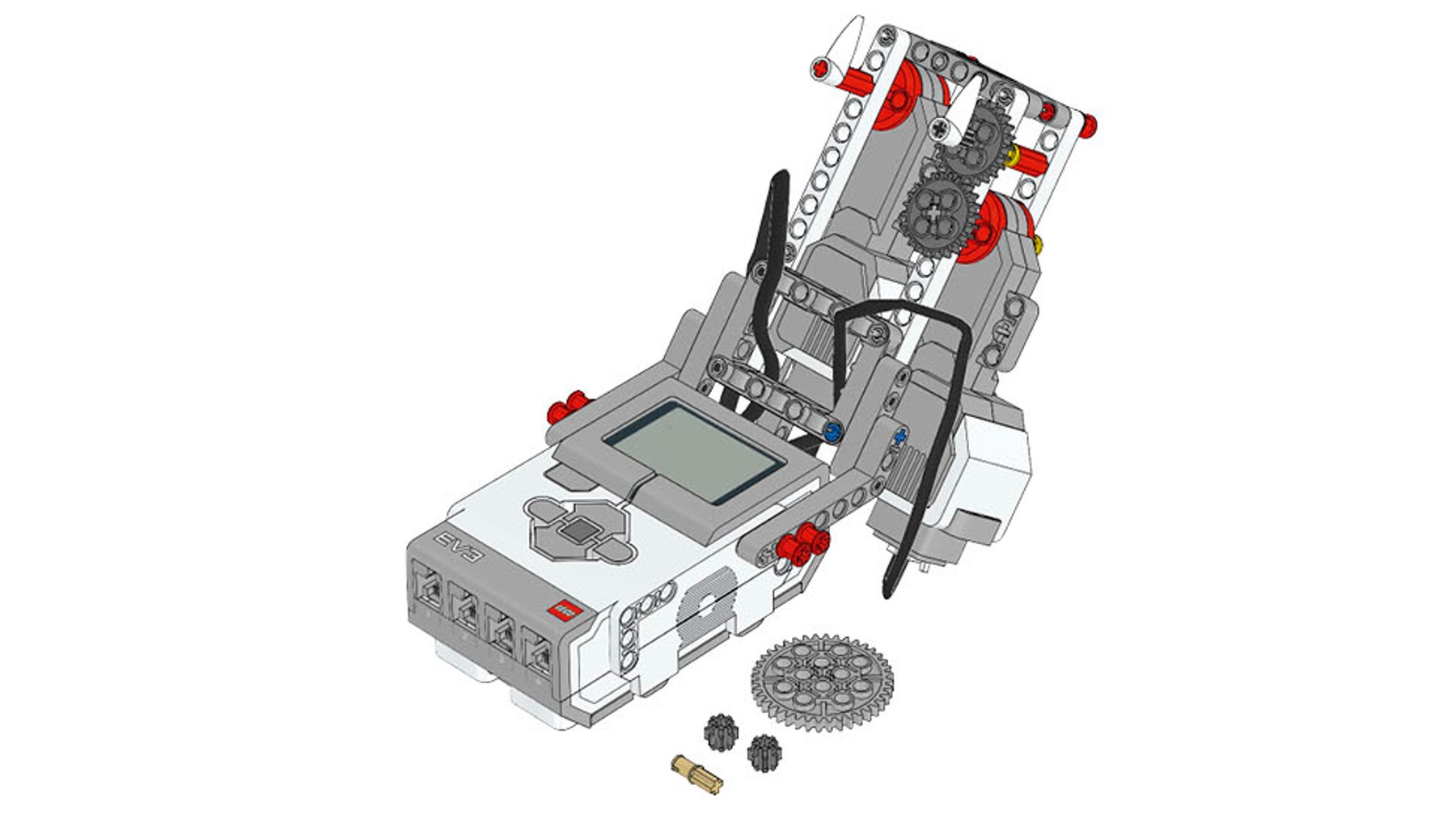
It will help you to explore the basics of gears.
Do a test run.


Place the model on a solid and level surface. Make sure that both the gear pointer and the reference motor pointer are pointing upwards. Run the program and count the number of rotations by keeping track of the gear pointer. Make sure that you observe its turning direction.
Does the reference motor complete one rotation? Do both motors stop turning at the same time?
Record your results.
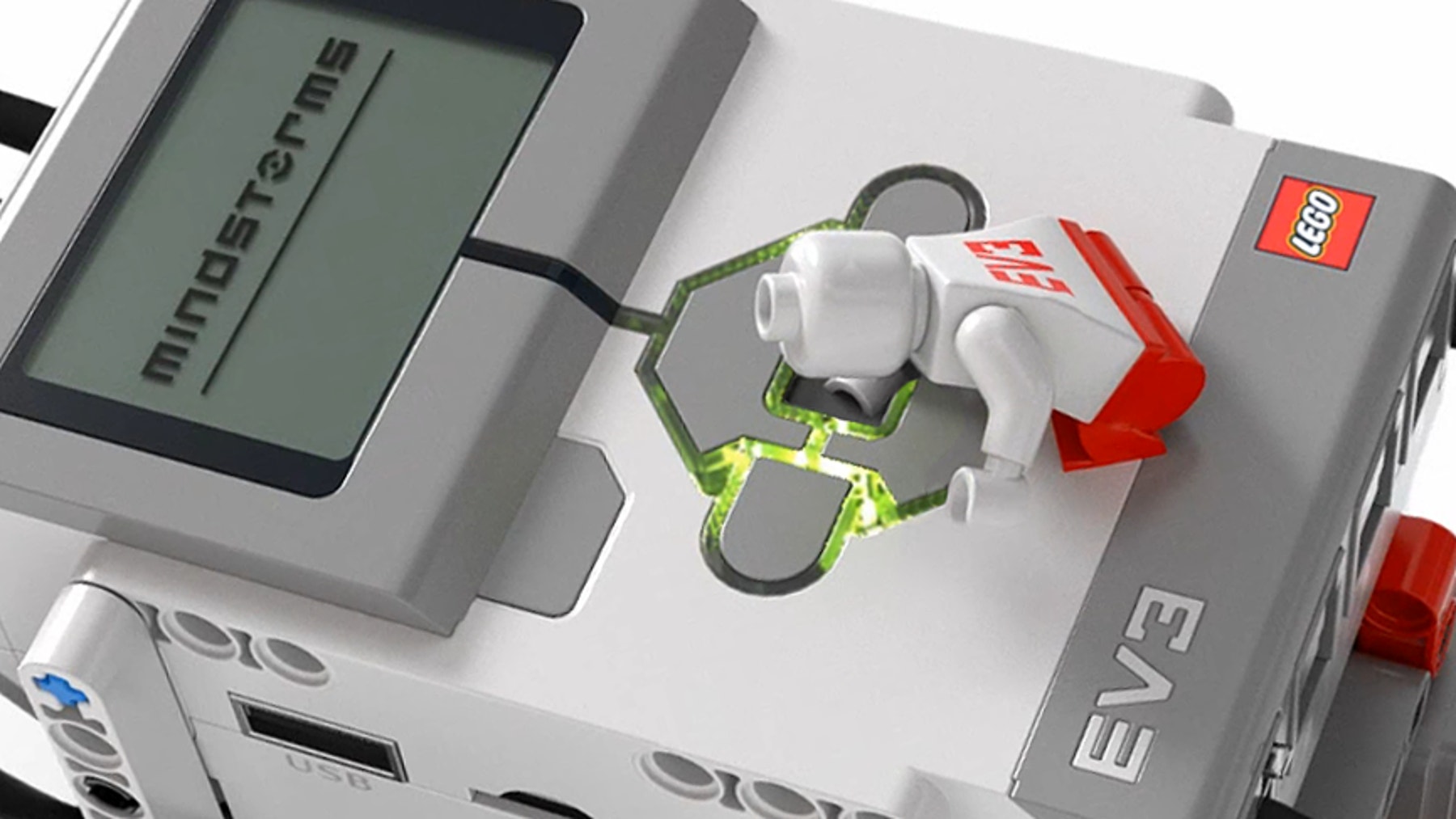
Record the experiment number, whether it’s geared up or down, the gear ratio, your prediction of what will happen, the number of rotations observed and turning direction in a testing table. Make sure you leave space for recording other observations.
Perform the experiment using the default gearing and then repeat the experiment for all of the other gearing options shown in the ‘Hint’ below.
Changing Gears
This is the default gearing, which you’ll have to remove:

Build the second gearing using a large and a small gear:

Use the same gears to build the third gearing:

Finally, build the fourth gearing using three gears, including an idler gear:
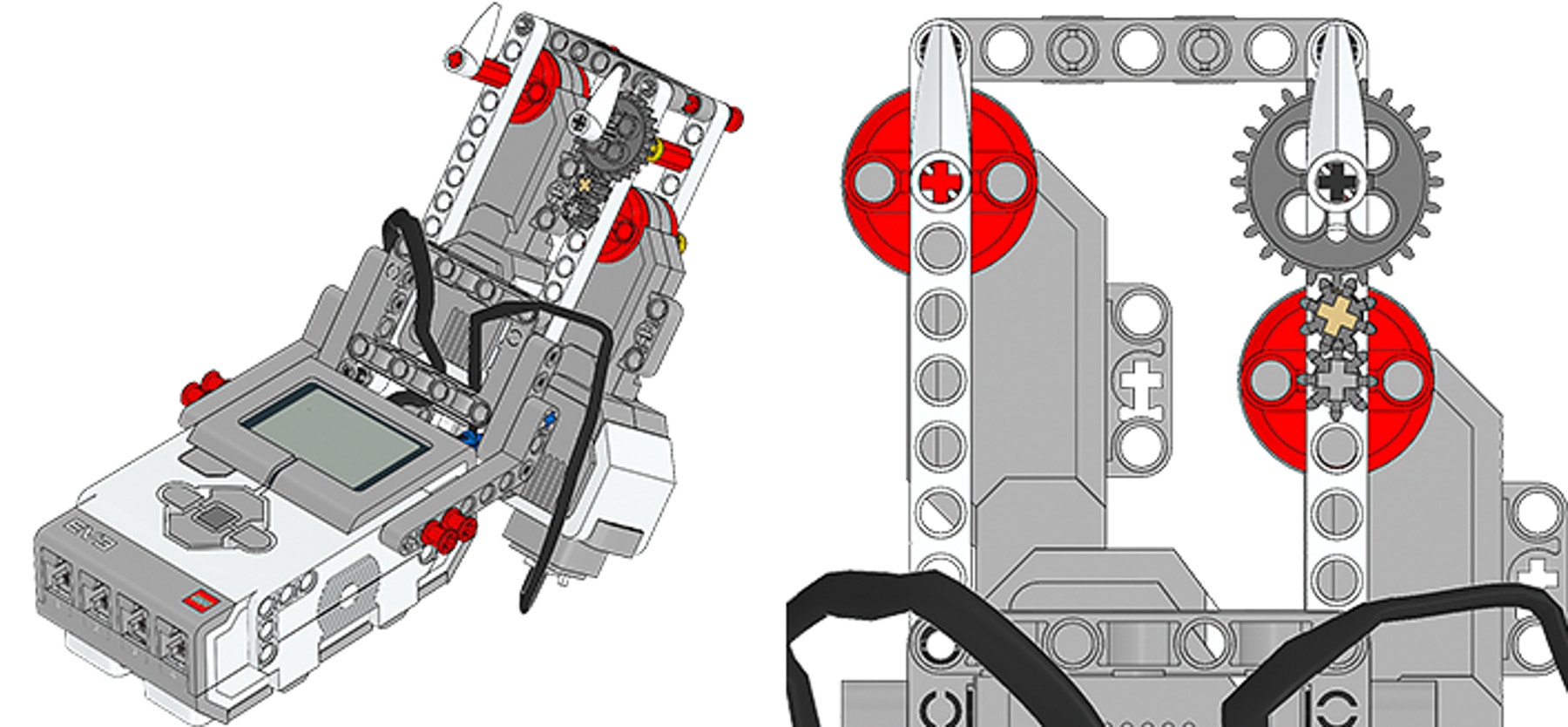
Summarise your results.
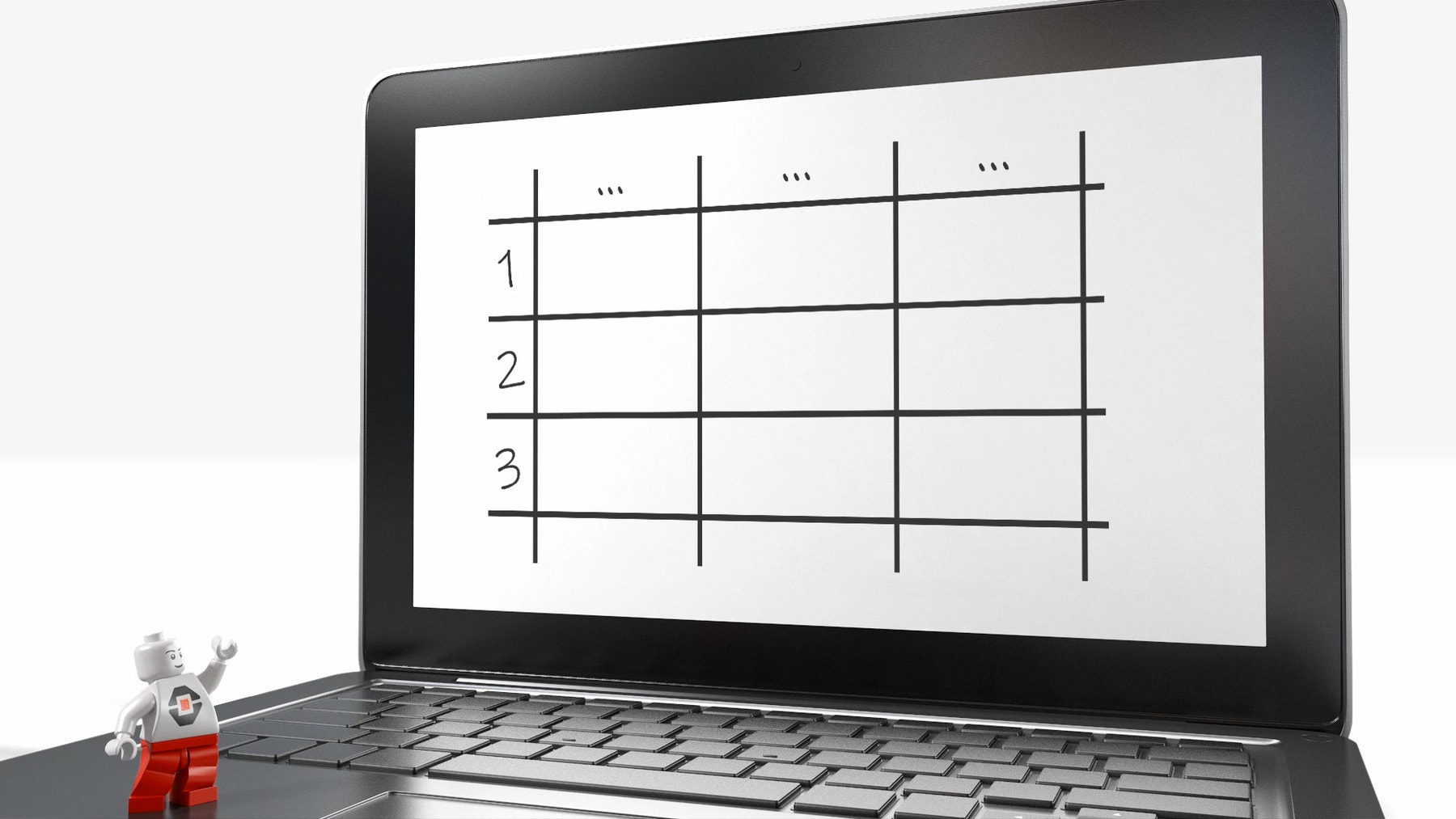
Use your measurements for each gearing option to analyse how the gearing relates to the turning direction and the number of rotations of the gear pointer.
How well did your predictions match your observations of the turning direction and turning speed? Did anything surprise you?
How did you do?
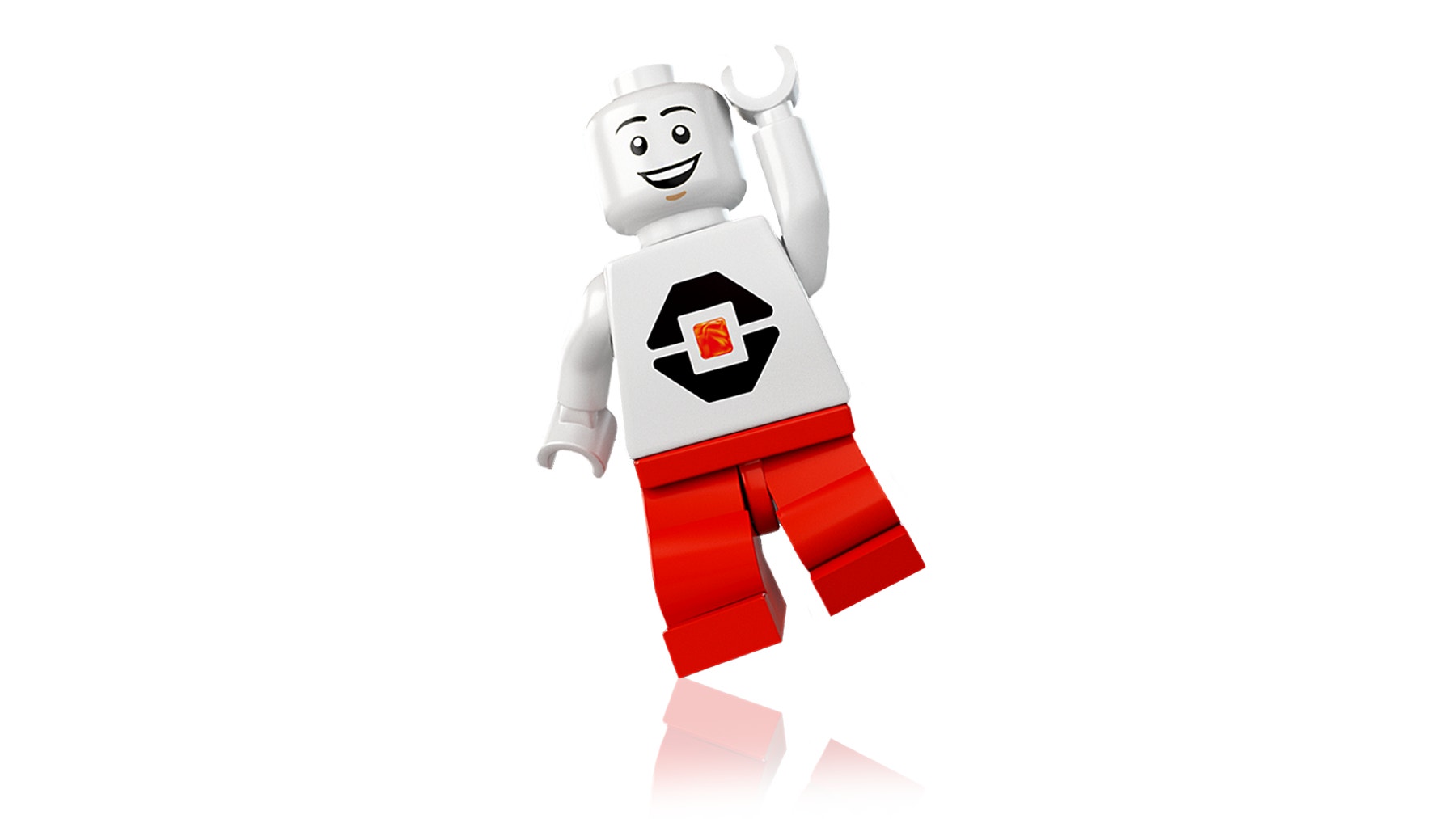
What did you do well? Is there anything that you could have done better?
Excellent, now you have a basic knowledge of simple gear configurations. Let’s gear up for the next lesson!